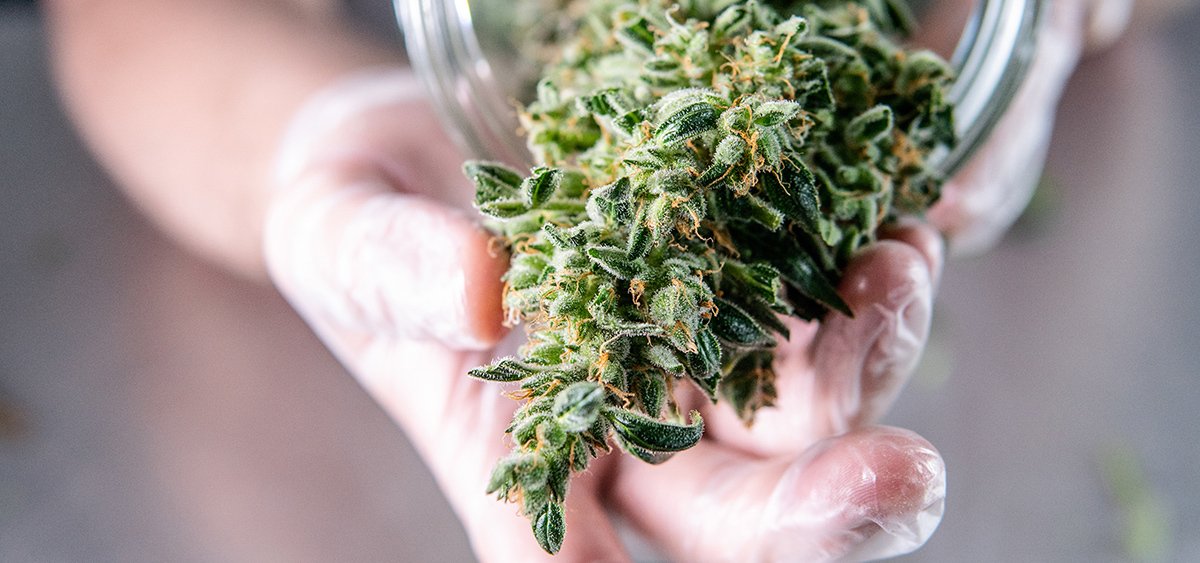Recent findings highlight potential health risks associated with cannabis products. Weed can contain harmful substances such as mold, bacteria, and heavy metals like arsenic. Additionally, the potency of cannabis can be misleading, with THC levels not always matching what is indicated on the label. In light of these concerns, states are striving to protect consumers while fostering a growing, tax-paying cannabis industry.
The California Department of Cannabis Control was established in 2021 to enhance oversight of the state’s legal cannabis market. This agency integrates various functions from other state bodies to ensure the safety of cannabis products. Many states that have legalized marijuana face similar challenges, particularly due to the lack of federal guidance or support.
The absence of a federal regulatory body, such as the Food and Drug Administration (FDA), complicates efforts to ensure cannabis safety. Gillian Schauer, executive director of the Cannabis Regulators Association, noted that regulators across several states have collaborated to tackle these issues. Their goal is to manage the safety of not only flower products but also edibles like gummies and brownies, which may carry higher than indicated THC doses and potential bacterial contamination.
At Vibe Cultivators, an indoor cannabis farm in Sacramento, the environment is filled with a strong, distinctive smell of cannabis. The facility features plants with names like Gelato 33 and Alien Runtz, all tagged for compliance. Brian Prichard, Vibe’s entrepreneur in residence, emphasized the importance of these state-sanctioned tags. They help regulators track the cannabis from licensed growers, ensuring accountability in the market.
Prichard reflected on the changes since California legalized marijuana, describing how he once faced challenges in seeking help for his work. Now, he can openly request information, even from state regulators, which was not possible in the past. This transparency is essential for building a safe and regulated cannabis industry.
Despite these strides, the California Department of Cannabis Control acknowledges the ongoing challenges of ensuring safety. According to Zarha Ruiz, who leads the department, they are effectively “building the plane as we fly it.” As they navigate the complexities of cannabis regulation without extensive scientific research, the focus remains on minimizing health risks for consumers.




